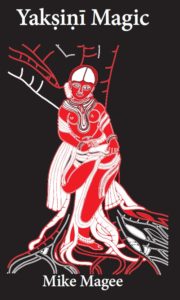Book Review: Chernobyl: A Stalkers’ Guide
I was 26 when the Chernobyl disaster occurred, and I well remember my feeling of horror and incredulity as the scraps of information filtered through and friends speculated what effects it might have on the magic mushroom season that year. I grew up in the shadow of the bomb – the three-minute warning, “Protect and Survive” and the War Game. Many of us had half-expected something like Chernobyl was only a matter of time. Over the years I’ve become fascinated with Chernobyl, its history and the mythologies it has spawned. I have spent hundreds of hours exploring the virtual simulacra of the Zone in the S.T.A.L.K.E.R trilogy of games and the two free mods, Lost Alpha and StalkerSoup. These games owe as much to Arkady and Boris Strugatsky’s 1972 novel “Roadside Picnic” and Andrei Tarkovsky’s haunting film “Stalker” as they do to any real events, but if there is any place on earth where the borders of the real and the imaginary might collapse, it is Chernobyl. Continue reading »

